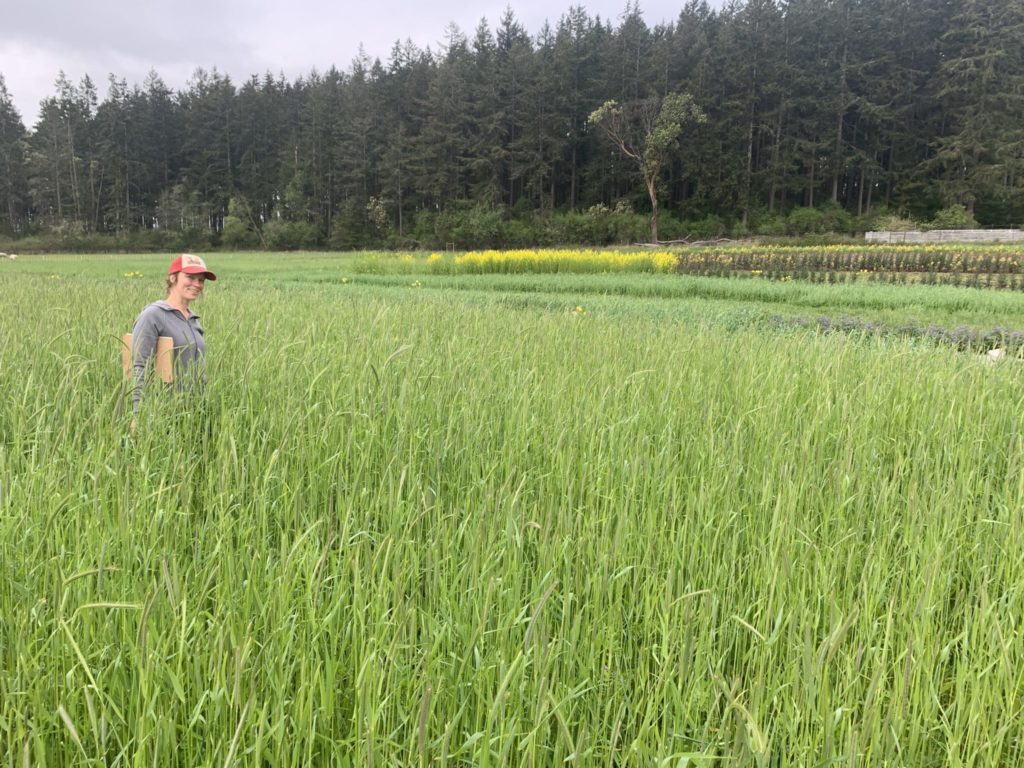| Farming often feels like an impossibly complex, multivariate puzzle that resets itself every few minutes, often before you can even discern if you took any successful steps toward solving it. It’s like a rubik’s cube that only gives you 2 minutes a day to figure the damn thing out. It’s like that movie Groundhogs Day, except that…. Okay, terrible metaphors aside, we often feel like we’re just winging it. Nothing exemplifies this feeling more than cover cropping. Trying to find the best covercrop to fit the right season, the right soil moisture, current crop residue, given weed pressure, future cash crop planting date, nutrient needs of the soil, etc can feel a bit perplexing. Let’s say we’re trying to find the right cover to plant after tilling in our summer brassicas. Winter Rye is a wonderfully hardy winter cover, but is hard to kill in the spring and its stubble takes forever to break down, often suppressing the germination of small vegetable seeds. So rye is really only appropriate if we’re planning on sowing a late summer or fall cropthe following year. But most of our late season crops are brassicas, and we just planted those here this year, and we really should rotate out of brassicas at least two years between plantings. Sooo maybe it’s better to go with Cayuse Oats in this field, which die over winter after a few frosts and will allow us to get in an early non-brassica spring crop. Nope, this particular field is generally full of standing water until May, so we need something that will survive the winter and put on growth in early spring, helping transpire the soil moisture out of the field so we can get our tractor in there. So, maybe Barley? Sure, let’s try Barley. But now what legume should be coupled with it? Crimson clover is nice, but probably won’t compete well with winter weeds. Field peas are good, but don’t really fix that much nitrogen, and we pulled lots of nitrogen out of this field with all those long-season kales. How about Hairy Vetch? Yeah, lets try that, I mean, as long as the field dries out in time to mow it in April so the vetch doesn’t set seed and create vetch weeds for years to come. Okay, let’s be sure to document our seeding date and how many lbs per bed of seed we applied so we can compare to other experimental plots in other fields. 3 days later: Oh, crap, my discs weren’t set up perfectly so the seed didn’t get buried quite deep enough and germination was crappy and then then 300 blackbirds came in and ate 75% percent of the germinating seed and…screw it. Try again next year?  |
